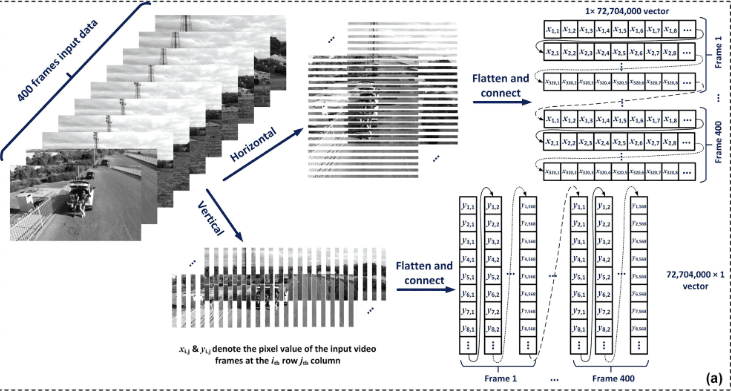TL;DR:
- International scientists have unveiled an ultra-high-speed signal processor capable of analyzing 400,000 real-time video images concurrently.
- Led by Professor David Moss from Swinburne University of Technology, this processor operates at a record 17 Terabits per second, over 10,000 times faster than traditional electronic processors.
- Potential applications span across driverless cars, medical imaging, AI, machine learning, and robotic vision.
- The technology’s integrated optical microcomb overcomes bandwidth and energy limitations inherent in electronics.
- This advancement promises to accelerate data processing, revolutionize industries, and drive groundbreaking discoveries in fields like astronomy.
Main AI News:
In a recent development that promises to revolutionize various industries, an international team of scientists has unveiled an ultra-high-speed signal processor capable of simultaneously analyzing 400,000 real-time video images. This groundbreaking achievement, featured in a paper published in Communications Engineering, is spearheaded by Professor David Moss from Swinburne University of Technology.
The processor’s performance is nothing short of astounding, operating at a staggering speed of 17 Terabits per second (trillion bits per second), which is over 10,000 times faster than conventional electronic processors typically operating in Gigabyte/s. The implications of this advancement extend far and wide, offering substantial enhancements in areas such as autonomous vehicles, medical imaging, and even the search for habitable planets beyond our solar system.
“This is a game-changer,” Professor Moss enthusiastically declares. “We now possess portable, ultra-precise optical tools that have the potential to revolutionize various applications, ranging from handheld breath scanners to tracking minuscule movements of celestial objects or identifying Earth-like exoplanets.”
The newfound efficiency and speed of this processor hold the promise of major breakthroughs in artificial intelligence (AI), machine learning, and robotic vision. With the capability to process vast amounts of data in real-time, it is poised to empower more intelligent, autonomous robotic systems that excel in real-world environments.
In the realm of astronomy, this technology is set to accelerate the analysis of extensive celestial data, leading to groundbreaking discoveries. Furthermore, its applications extend to expediting functions in medical imaging and autonomous vehicles, as Moss points out, “All real-time analysis and decision-making requires ultrafast analysis of video images for everything from autonomous driving to artificial intelligence to detect and analyze objects.”
The key to this remarkable performance lies in the integrated optical microcomb, which deftly overcomes the bandwidth and energy limitations inherent in traditional electronics. Moss emphasizes that this photonic signal processor is not just a technological marvel but a harbinger of a future where high-speed, efficient data processing profoundly shapes every facet of our lives.
“From transforming transportation and healthcare to opening new frontiers in space exploration and AI, the impact of this technology will be profound and far-reaching.”
Conclusion:
The introduction of this ultra-high-speed signal processor marks a significant milestone with far-reaching implications. It has the potential to reshape the market by enabling faster and more efficient data processing in industries such as autonomous vehicles, healthcare, and space exploration. The integration of this technology into various applications will drive innovation and pave the way for new opportunities in the business landscape.

